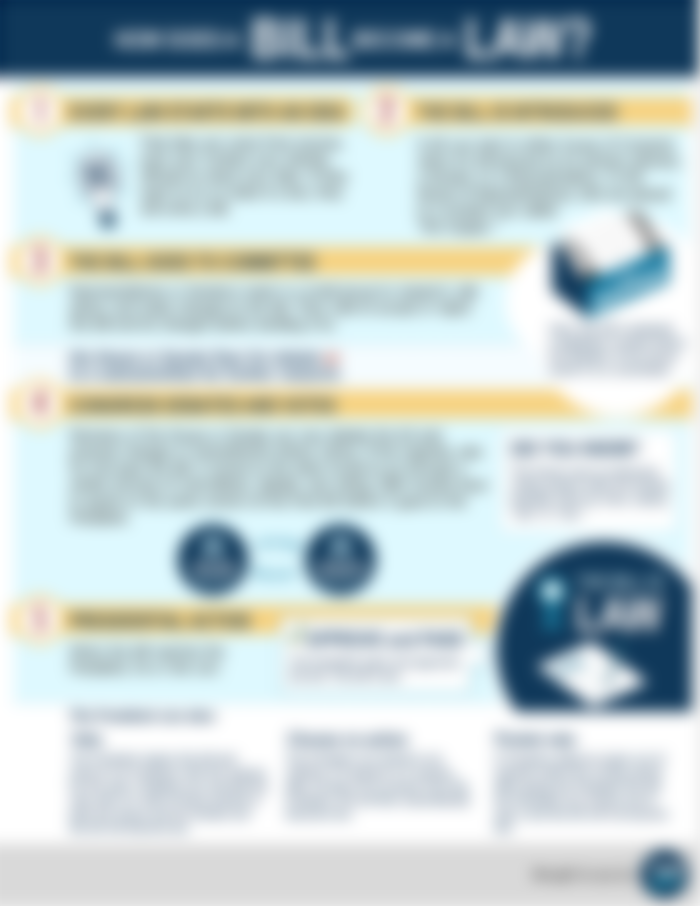Thumbnail Source: https://knowyourmeme.com/memes/upgrades-people-upgrades
The reigning cryptocurrency Bitcoin (BTC) is set to have the biggest upgrade in four years in mid-November, which is a softfork called taproot, making BTC transactions more secure, private and lightweight transactions.
What Taproot Is
Taproot is a softfork for BTC and set for the most recent upgrade in four years, the preceding significant upgrade in 2017 of Segregated Witness (Segwit). The website presenting Taproot and its consensus simply explain the upcoming upgrade Taproot, which goes as follows:
Taproot is a softfork to the Bitcoin network that will improve the scripting capabilities and privacy. It enables something called MAST, which can help making smart contracts more efficient and private by only revealing the relevant parts of the contract when spending. It can also improve privacy of the Lightning Network by making channels look like regular bitcoin transactions, if the Lightning implementations choose to adopt Taproot.
Taproot Activation
Giving a voice to the BTC miners that power BTC, Taproot was voted by BTC miners. Depending on the computing power dedicated to BTC mining, each mining pool was given the chance to vote either aye or nay for Taproot, higher block mining pools having a larger contribution to the vote.

The voting system is called BIP9 and Speedy Trial, which works by having each mining block signal their decision, becoming recorded in the grand signal board, as shown below.

For Taproot to become locked in for activation, 90%, or 1815 of 2016 blocks, need to vote aye for the softfork, which has recently occurred. If the vote did not reach 90%, then the following voting period would need to be brought up. The Speedy Trial ends in August, so if the votes fail to reach above 90% until this date, then no more voting periods become possible, a new softfork deployment needing to be developed. The progress of the Speedy Trial as a bar graph is shown below.

This is similar to how bills are made for law in the real world.
1. The idea of the bill is usually catalysed by public concern, such as a protest, for a certain action/aspect of society. In the case of BTC, it would be the complaints of transaction integrity, being inefficient and unsatisfactory in terms of privacy.
2. Legal professions would then write a first impression of the bill, which is called bill drafting. Instead of legal professionals, it would be team developers/engineers for BTC, writing the code behind the new upgrade.
3. When the bill is drafted, it is presented to the committee that checks over the draft and suggests changes to the bill. The committee votes whether or not to accept/reject the bill and its changes, sending it to the House or Senate floor for debate or subcommittee for more research into the bill if it is accepted. BTC is believed not to have such a system of a committee, likely only one developing team, though it may be supported by other blockchain developers from other cryptocurrencies, such as Bitcoin Cash (BCH).
4. When the bill satisfies the committee, it moves to Congress where the members of the House or Senate debate over it and propose changes/amendments to the bill before voting, similar to the last two steps. For BTC, the members can be thought of as the community, sending messages to the team developers as they decide whether or not to move forward with the blockchain upgrade.
5. With the voting of a legal bill, if a majority vote is made for one house, then it goes to the other house for another similar process of committees, debate and voting. For the final bill to pass, both houses need to agree on the same version of the final bill. BTC would not have two houses, only one developing team, through multiple areas of the community may be called for on the upgrade before proceeding. However, this is similar to the Speedy Trial that has pushed Taproot forward as mentioned before, needing a majority of 90% to be implemented, otherwise the voting system restarts, Taproot terminating in August if it happens too many times, and so a new blockchain upgrade would be needed.
6. The final step of implementing the bill is presidential action, where the President signs the bill and makes it officially law. There are also three other steps that the President can do, but will not be detailed: veto, choose no action and pocket veto. Obviously, there is no president in BTC being a decentralised ecosystem, so this step of real-world bill making does not apply to BTC upgrades.

In response to the lock-in of Taproot, the Taproot website has made an entertaining and humorous video of the emotions and process associated with the voting period. The video is shown on the overview page of the website, which can be visited here: https://taproot.watch/.
Taproot is set to activate on block 709,632, which is around mid-November this year. Currently, BTC is on about block number 687,000, each block on average made every 10 minutes.
Taproot Upgrades
Being the next biggest upgrade since 2017, or 4 years, Taproot would have great impacts on the BTC blockchain, which are aimed to make it better for its users.
Taproot adds privacy to BTC by allowing users to create multiple spending rules for their funds, but only need to reveal rules used for a transaction they make. With some transactions, there is no need to reveal if there were other spending rules. Current average BTC users do not need to use such complex rule scripts that Taproot brings, but are needed for most scaling solutions, including Lightning Network and Liquid. This means that BTC transactions can be catered to each user/business, which would make each BTC payment firm unique in how they process transactions. Normally all the rules made need to be revealed to the entire network, but with Taproot it is no longer necessary to be done so all the time, which makes BTC transactions more anonymous, and thus private.
The privacy upgrade also optimises BTC. Since less information needs to be revealed on the blockchain, transactions use less data, becoming lighter and more efficient. This reduces fees as less processing power is involved, which is beneficial to all blockchain users.
Taproot also speeds up the verification of transactions by adding a new way to sign called Schnorr signatures, replacing the current signing method called Elliptic Curve Digital Signature Algorithm (ECDSA), which is surely a tongue twister!
There are many more upgrades involved with Taproot, but these are the main ones involved, aimed at making BTC a more accessible and private cryptocurrency.
As a note, Taproot may be a response to the Ethereum (ETH) upgrade ETH 2.0 that has been hyped to greatly improve ETH, BTC improving itself to ensure that it stays at the top and dominant over all other cryptocurrencies.
Further Reading
Bitcoin Magazine - TAPROOT ACTIVATION BRINGS MASSIVE UPGRADES TO BITCOIN - https://bitcoinmagazine.com/technical/taproot-activates-massive-upgrade
CryptoPotato - Taproot is Here: Miners Lock In Bitcoin’s Biggest Upgrade in Years - https://cryptopotato.com/taproot-is-here-miners-lock-in-bitcoins-biggest-upgrade-in-years/
Wikipedia - Taproot (plants) - https://en.wikipedia.org/wiki/Taproot



